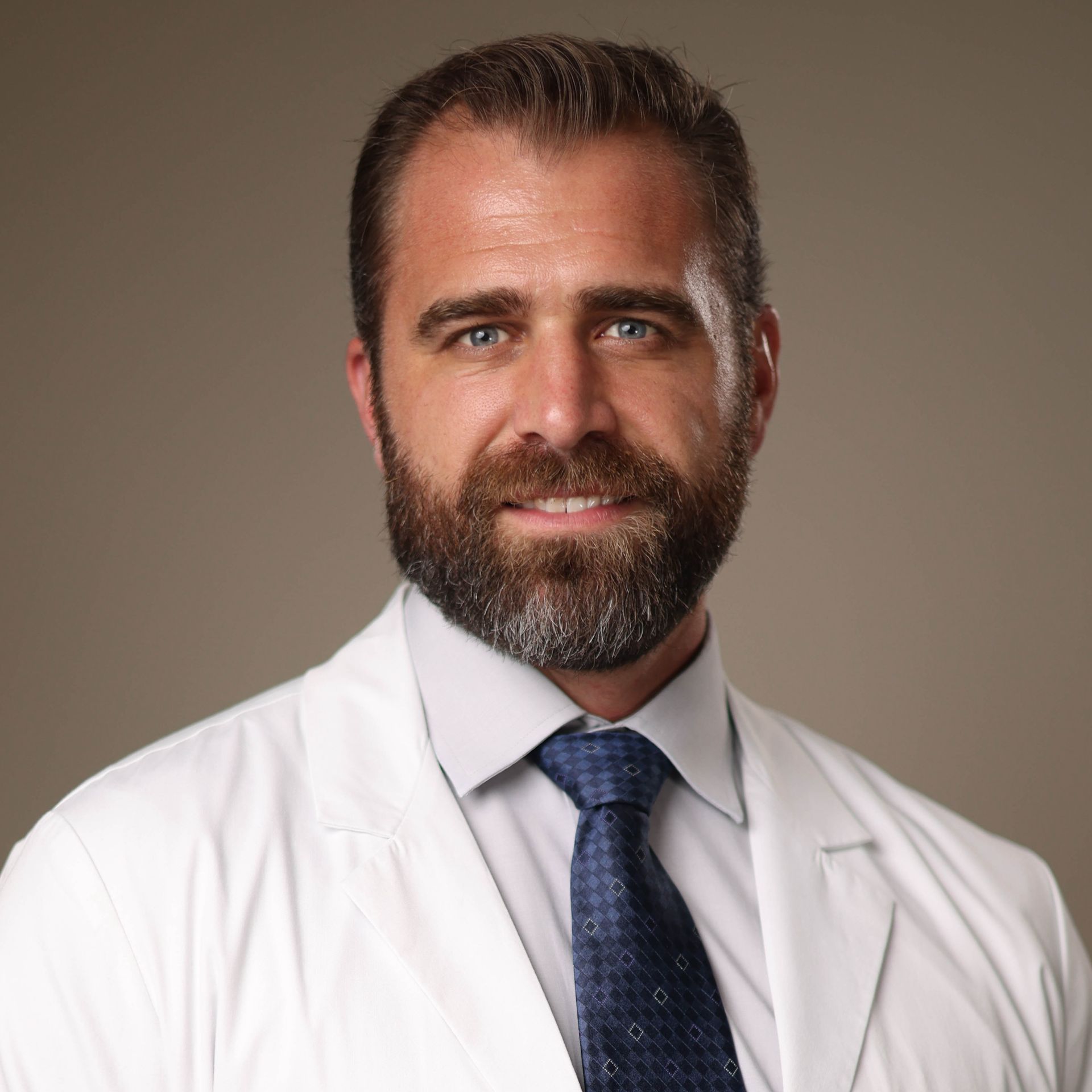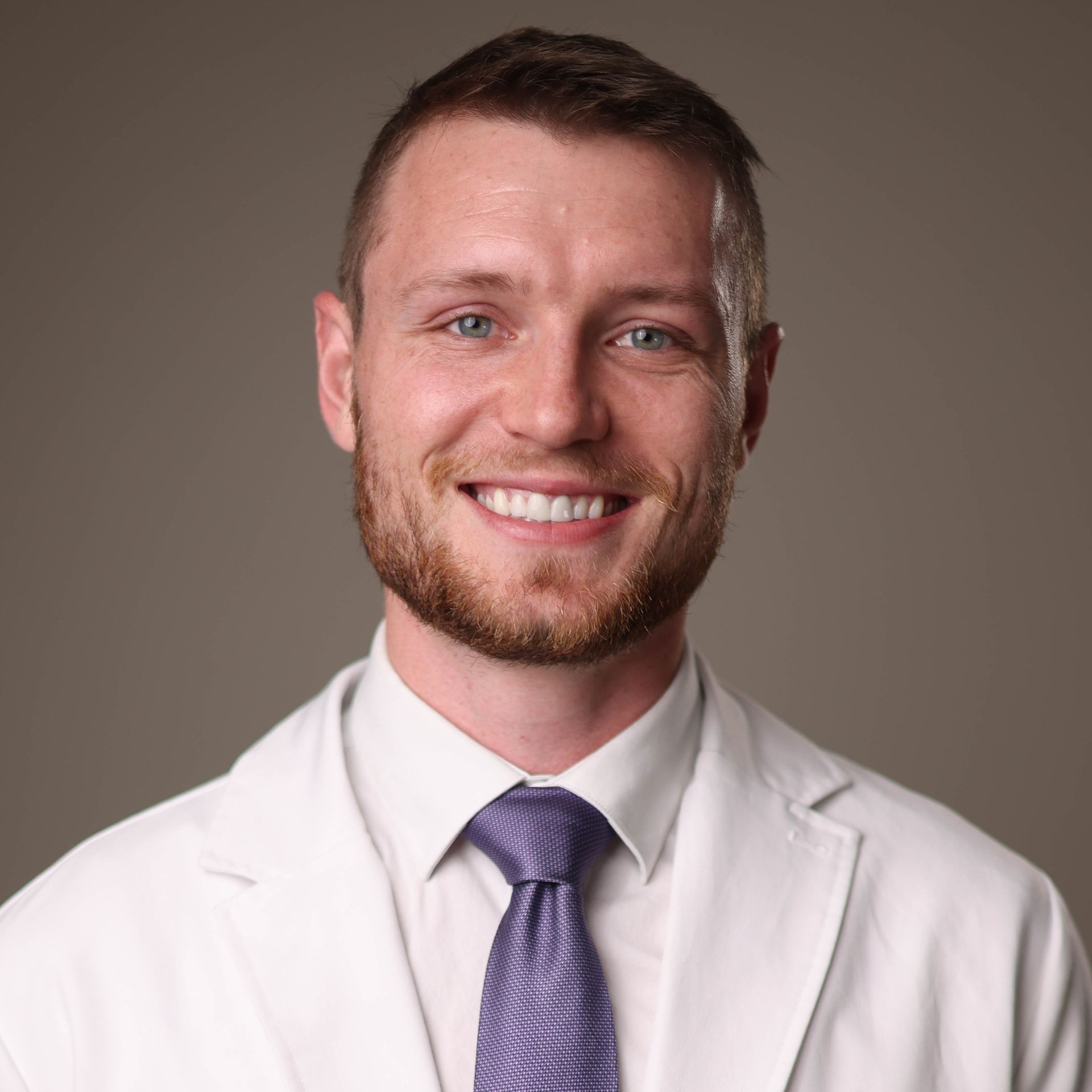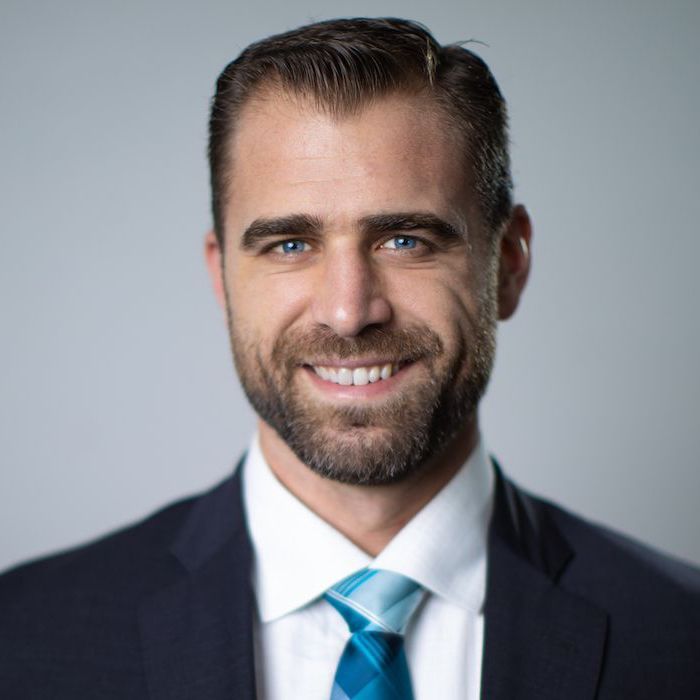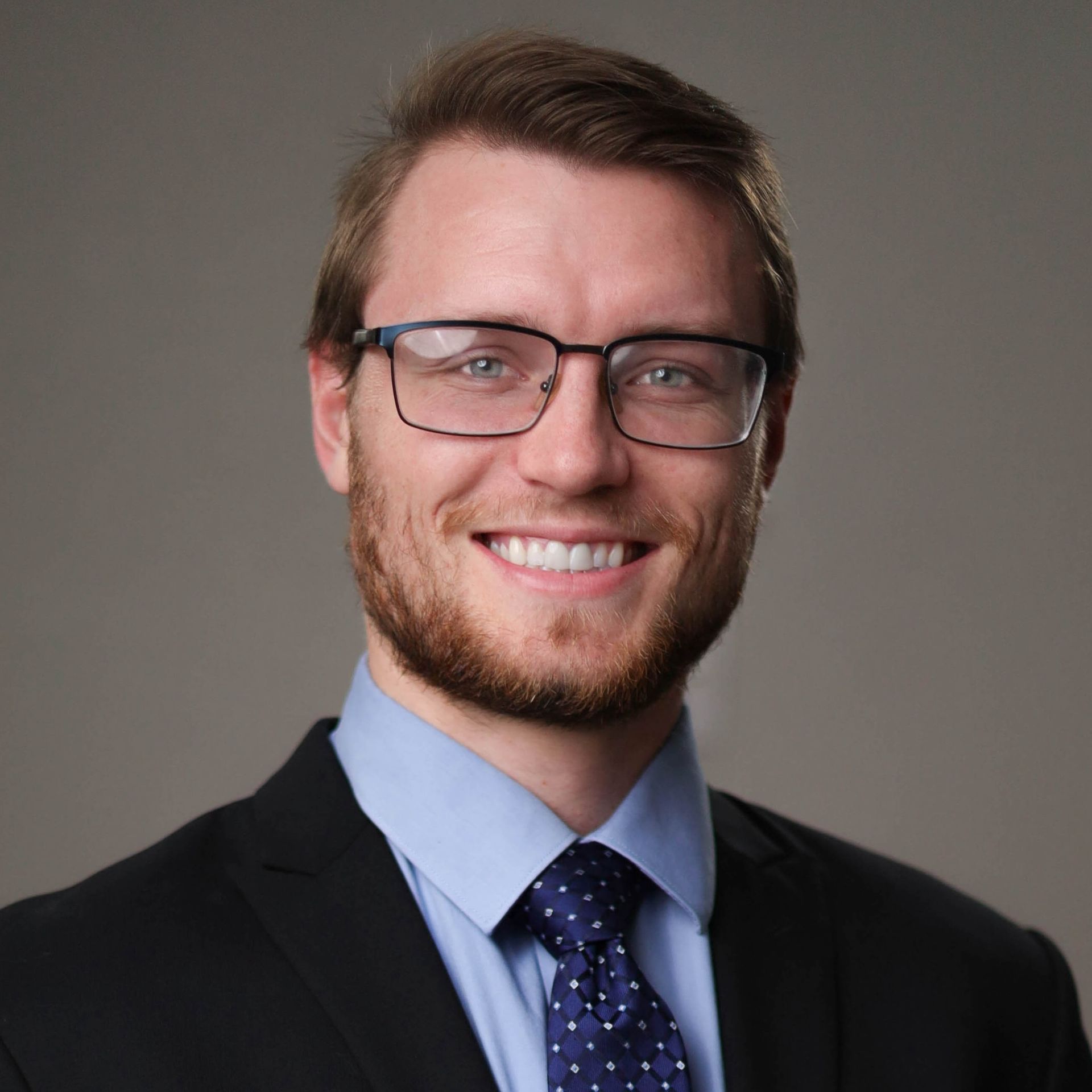Craniocervical Syndrome
What is Craniocervical Syndrome?
Craniocervical syndrome is a complex pattern of symptoms that seem unrelated. However, this pattern of symptoms is well understood by upper cervical chiropractors.
People experiencing craniocervical syndrome often have more than one of these symptoms:
- Headaches
- Dizziness or Vertigo
- Pain in the back of the skull
- Balance Issues
- Neck Pain
- Brain Fog (difficulty thinking, remembering, or focusing)
- Pressure in the head or behind the eyes
People who have craniocervical syndrome are often treated for individual symptoms instead of investigating and addressing the root of the symptoms. This leaves many people suffering and confused. Some individuals are even told that the problem is “just in their head”. However, with proper understanding and a clear solution, there is still hope for healing.
What causes Craniocervical Syndrome?
The symptoms of craniocervical syndrome are often rooted in a misalignment or malformation of the craniocervical junction, which is the joint structure between the skull and the spine. The bottom of the skull is attached to the top two bones of the neck called the atlas (C1) and the axis (C2). These bones and joints, as well as ligaments, and nerves, are what comprise the craniocervical junction.
These upper cervical bones are supposed to be aligned a specific way, but can become misaligned by things such as car accidents, whiplash injuries, concussions, or long-term poor posture. Some babies can also become misaligned during birth. If the baby’s misalignment is not corrected, the baby can continue to experience craniocervical syndrome symptoms through development and into adulthood.
When this craniocervical junction misaligns, it can also cause ligament tears that last for years, leading to neck pain. It can irritate the nerves at the back of the head and inside the brainstem causing headaches, neck pain, and facial pain. The misalignment may also cause blood flow problems through the vertebral arteries going to the brain, which can limit blood flow to the brain. It can also compress the internal jugular veins that help drain the brain, causing a backup of blood that is trying to flow out of the brain. These blood flow problems can cause headaches, brain fog, and pressure in the head. When the joints are not aligned properly, it also sends incorrect information to the balance center of the brain. This can cause dizziness, balance issues, and sometimes vertigo.
A single misalignment in the upper neck can cause a complex pattern of symptoms that seriously affect your ability to function normally.
Why have my doctors not diagnosed me?
Doctors and neurologists often label craniocervical syndrome symptoms as being separate conditions. Without extensive training in the craniocervical junction, many doctors overlook the root cause of this pattern of complex neurological symptoms. This leaves the patient and the doctors attempting to manage the symptoms without addressing the symptom’s origin.
What is the Solution?
Upper cervical chiropractors are specifically trained to identify and correct the most common root cause of this problem: the misaligned bones at the top of the neck. A careful examination is performed to evaluate the patient for nerve irritation and interference. Special imaging is used to measure and analyze the alignment of the upper neck. Once analyzed, the upper cervical chiropractor uses those measurements to correct the alignment of the upper neck with a gentle and precise upper cervical technique. This removes irritation on the nerves, improves blood flow to and from the brain, and eases tension on the joints. Patients under upper cervical care have reported tremendous improvements in craniocervical syndrome symptoms.
Seek the Experts
Upper cervical chiropractors have a unique focus on correcting misalignments of the craniocervical junction that can lead to brain and body dysfunction. Their post-graduate training prepares them to identify subtle misalignments in this area and correct it using a variety of gentle and precise corrective techniques. Designed to be a long-term solution, the goal of these doctors is to correct and stabilize the upper cervical spine to restore the integrity of the nervous system. If you have concerns about you or your family’s health care, seek your local upper cervical chiropractor. You can also find an upper cervical chiropractor near you at UCReferral.com.
Our Doctors
Experts in Spinal and Neurological Care
Dr. Chris Slininger, DC, DCCJP
Craniocervical Specialist
Dr. Slininger focuses heavily on complex neurological conditions and advanced spinal challenges such as headaches, migraines, dizziness, vertigo, concussion, mTBI and more.
Dr. Ethan Surprenant, DC
Upper Cervical Chiropractor
Dr. Surprenant focuses on athlete's care, dysautonomia, and neurodevelopmental issues like ADHD, ASD, SPD, and more. He is also spearheading our new neurologically-based pediatric program called Cerebral Kids.
